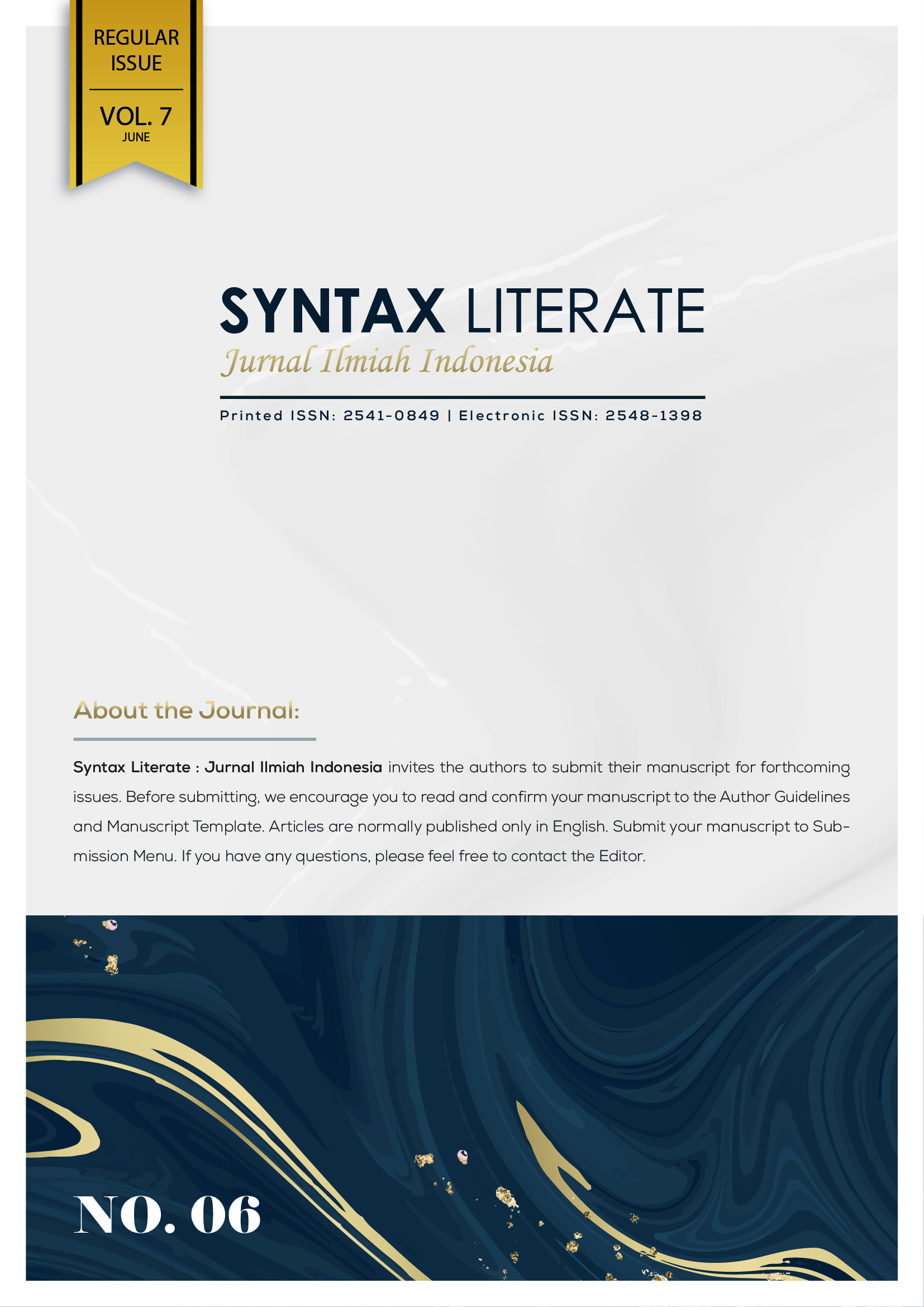Optimasi Kekasaran Permukaan Baja SKD11 Pada Proses CNC Milling Menggunakan Cutting Tool Berbahan Carbide dengan Metode Taguchi
Abstract
Determination of variable settings in the right cnc milling machining process will get maximum results. This is done to reduce the process of repeated experiments so that the time and cost of the machining process can be minimized. SKD 11 steel material has a hardness level of 16 – 20 HRC, is one type of tool steel, namely steel material that is commonly used as cutting knives, deep drawing molds, Drawing cones, Compression molding dies. Surface roughness is one of the characteristics of machining performance in the milling process. This research was conducted to find the optimal variable of surface roughness by using a combination of spindle rotation process variables, feedrate and feeding depth. The method used is the taguchi method. The combination of variables or process parameters in the SKD 11 milling process that can produce an optimal response value is a spindle speed of 2000 rpm, a feedrate of 256 mm/minute, and a feed depth of 0.25 mm.
Downloads
Copyright (c) 2022 Irvine Sebastian, Sobron Yamin Lubis, Rosehan Rosehan

This work is licensed under a Creative Commons Attribution-ShareAlike 4.0 International License.











